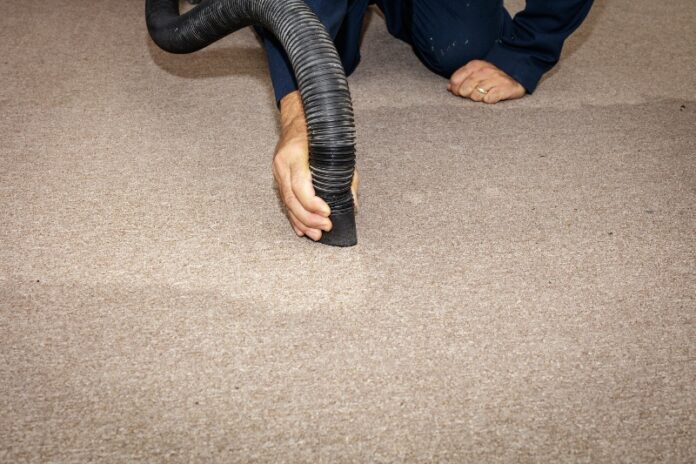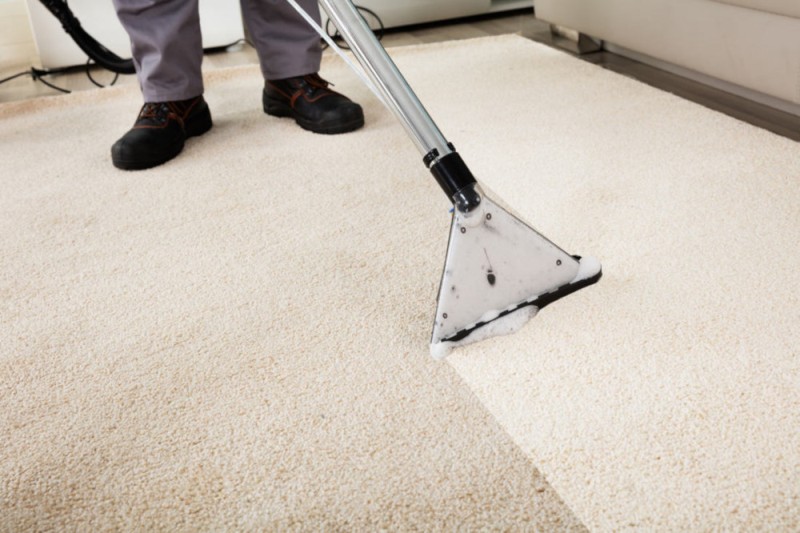There’s no denying that water damage can indeed prove to be catastrophic for any homeowner out there. Even small flooding from an overflowing bathtub or a burst pipe can not only result in the damage of your home’s internal & external framework but also lead to mould growth eventually. Moments like these are when you need to learn about the different ways through which you can take care of your carpets & rugs from water damage.
If you want to prevent your carpets or rugs from experiencing premature damage from water, then you’ve come to the correct place as we’ll be sharing some of the proper methods using which you can keep your carpet in workable condition over time.
Procedure To Follow When Preventing Your Rug Or Carpet From Water Damage
- According to carpet cleaning professionals, the first step that you’ll need to perform is to extract the water that has been absorbed by your rug or carpet. Taking such a step will help in minimising the overall physical damage and thereby eliminate any chances of mould, bacteria or mildew growth. The risk of the growth of such organisms doubles when such flooding takes place inside a basement.
- Proceed to remove all flood-affected debris from the surface of the carpet or rug and then inspect it for any presence of mould spores. Sanitise the entire surface of the carpet or rug.
- After sanitising, you have to deodorise your carpet or rug, so that you not only eliminate the presence of mould spores but also pathogens & bacteria, which can negatively affect your overall health. The primary goal is to bring the carpet or rug back to its original state before the water damage had occurred.
- Once you’ve sanitised & deodorised the rug or carpet, it’s time to dry it in a minimal congested area. You can opt to use a wet/dry vacuum if needed, which will speed up the drying process. The idea here is to reduce the drying time as much as possible so the mould doesn’t get time to grow on your wet carpet or rug. If you have a dehumidifier at your home, then it’s all the easier.
- After the rug or carpet has dried up, it’s time to replace the padding present on the underside of the rug. Replacing this padding will not cost you much and will be cheaper than replacing the whole rug or carpet.
Pro Tip: If you find that your carpet or rug has been water-damaged beyond cleaning, then it’s the better choice to simply throw away your current one and purchase a new one entirely. This happens when the flooded water is chemical-laden and it destroys the fibres.
Errors To Avoid When Planning To Clean Your Carpet Or Rug After Water Damage
The ideal choice that any homeowner can make when it comes to cleaning his or her rug or carpet after water damage, is to simply call in the professional carpet cleaners to do the job. However, in case you want to go the DIY route, then we’d firstly suggest avoiding using any artificial products such as air fresheners or any other scented carpet cleaners, which help in masking odours.
This is because, if any growth of mould or mildew takes place on your water-damaged carpet, you’ll not be able to know the same. After all, the musty smell of mould will be masked by the scent of the carpet cleaner or air freshener. Instead, you need to first inspect & clean your carpet or rug, which will tell you that there’s no mould infestation, after which you can use such scented products.
Furthermore, we suggest avoiding the use of vinegar on your water-damaged carpets or rugs. Vinegar can leave an acidic, unpleasant smell, which can linger for weeks. Instead use baking soda.



















